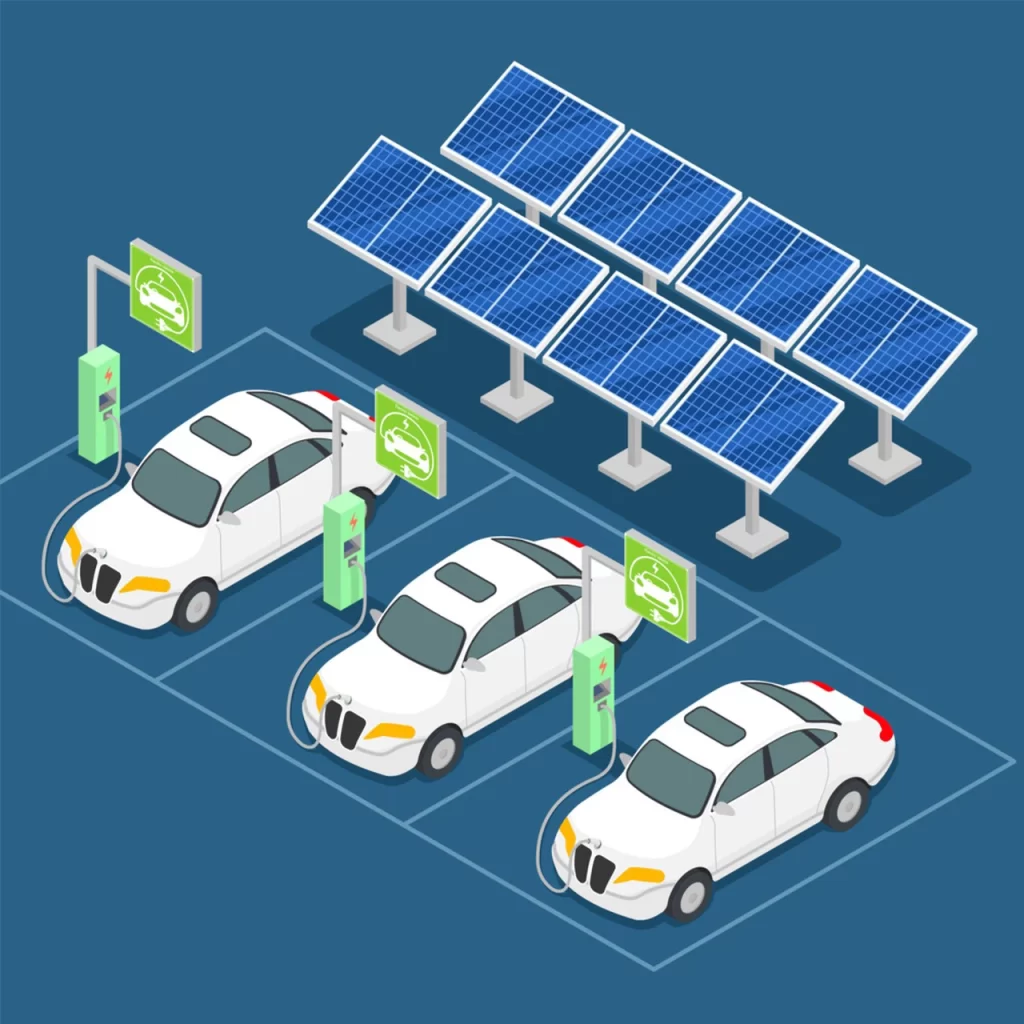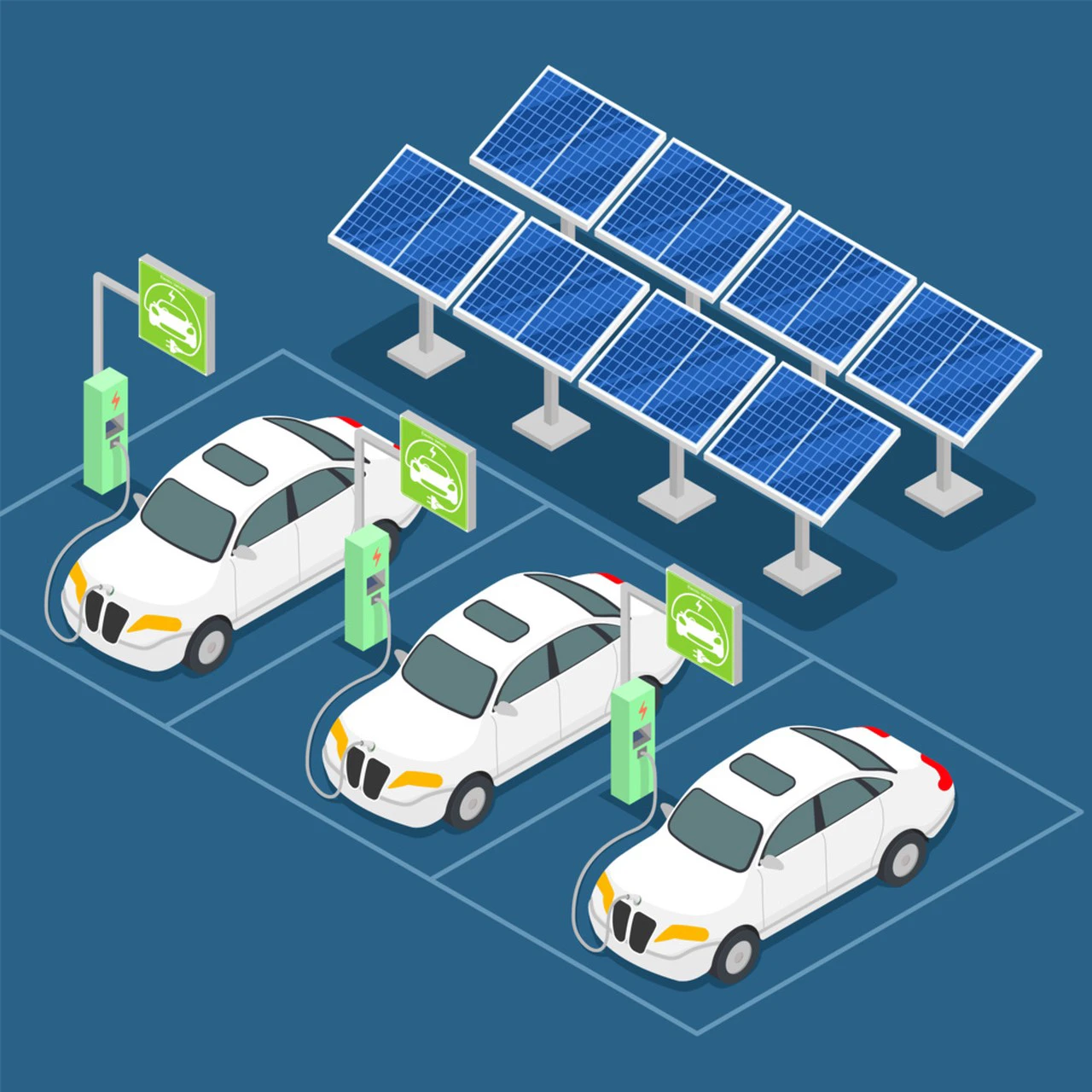Flywheel Energy Storage for Electric Vehicle (EV) Charging Stations

Lately, it has been in the field of energy management within various industries that the future is beginning to be appreciated with Flywheel Energy Storage. In fact, one of the largest applications is in electric vehicle charging stations where good energy management together with reliable power supply is very crucial. But how does this technology position itself in the electric vehicle industry, and what is its main advantage?

How Does Flywheel Energy Storage Work?
The operating principle of flywheel energy storage technology is based on the conversion of electrical energy to kinetic energy. Upon drawing excess power by an electric vehicle charging station from the grid or renewable sources, it gives over that energy to a spinning flywheel for storage. It can release energy at a time when it is in demand, especially at periods when high demand for several electric vehicles has to charge simultaneously.
Compared to traditional battery energy storage technologies, the flywheel possesses the following characteristics:
a response time as fast as milliseconds, which can be applied to instant power supplying in peak conditions;
long service life with minimal performance degradation - thousands of charge/discharge cycles without performance degradation.
This is very effective in short-term energy storage applications. An example could be electric vehicle charging, where power needs to increase very fast.
Why Are Flywheels Ideal for EV Charging Stations?
As more and more electric vehicles hit the road, electric vehicle charging stations have to ensure peak demand, especially during peak hours. Complete dependence on the grid is inefficient and will be expensive. That is where flywheel energy storage becomes a game-changer. It helps in:
- Reducing grid strain: The flywheels supply electricity when the load is high, hence reducing the amount of work which could result from the main grid.
- Minimizing energy losses:The rapid ability to charge and discharge by flywheels decreases the surplus power draw from the grid in case many cars go into charging mode together.
- Support renewable energy: Flywheels are allowed to store the energy created by solar panelsor wind turbines. It means that when sunlight is not available or there is no wind, electricity can be continuously supplied. This is especially important for areas where off-grid or renewable energy EV charging stations are in the pipeline for development.
Flywheel Energy Applied in EV Charging
One example of this is EVgo charging stations utilizing flywheel storage. In an EVgo charging station, a flywheel system aids in controlling surges of power and reducing dependency on the grid. What's more, with flywheel technology, they can store energy and release it at high demand periods, which raises efficiency levels while simultaneously reducing operational costs.
Is Flywheel Energy the Future of EV Charging?
Considering current trends towards sustainability and energy efficiency, it is not too difficult to envision how FES could become the prime driver of EV infrastructure development. Given their quick response time and resilience against mechanical wear, flywheels would be nothing less than ideal for high-demand applications-such as the charging stations of electric vehicles. Is it possible that more cities in the future will adopt this technology to smooth out and further develop the electric driving experience?
A Thought to Ponder
How do you think flywheel energy storage compares to traditional battery storage for EV charging stations in terms of long-term cost efficiency?
FAQs
Why are flywheels preferred over batteries in EV charging stations?
Flywheels offer faster response times, minimal degradation, and long lifespans, making them ideal for high-demand energy applications.
Can flywheel energy storage be combined with renewable sources for EV charging?
Yes, flywheels can store surplus energy from solar or wind power, ensuring a reliable energy supply even when renewable sources are not producing.
What are the cost benefits of using flywheels in EV charging stations?
Flywheels reduce grid dependency, lower energy costs during peak usage, and provide long-term savings due to their durability and low maintenance.
